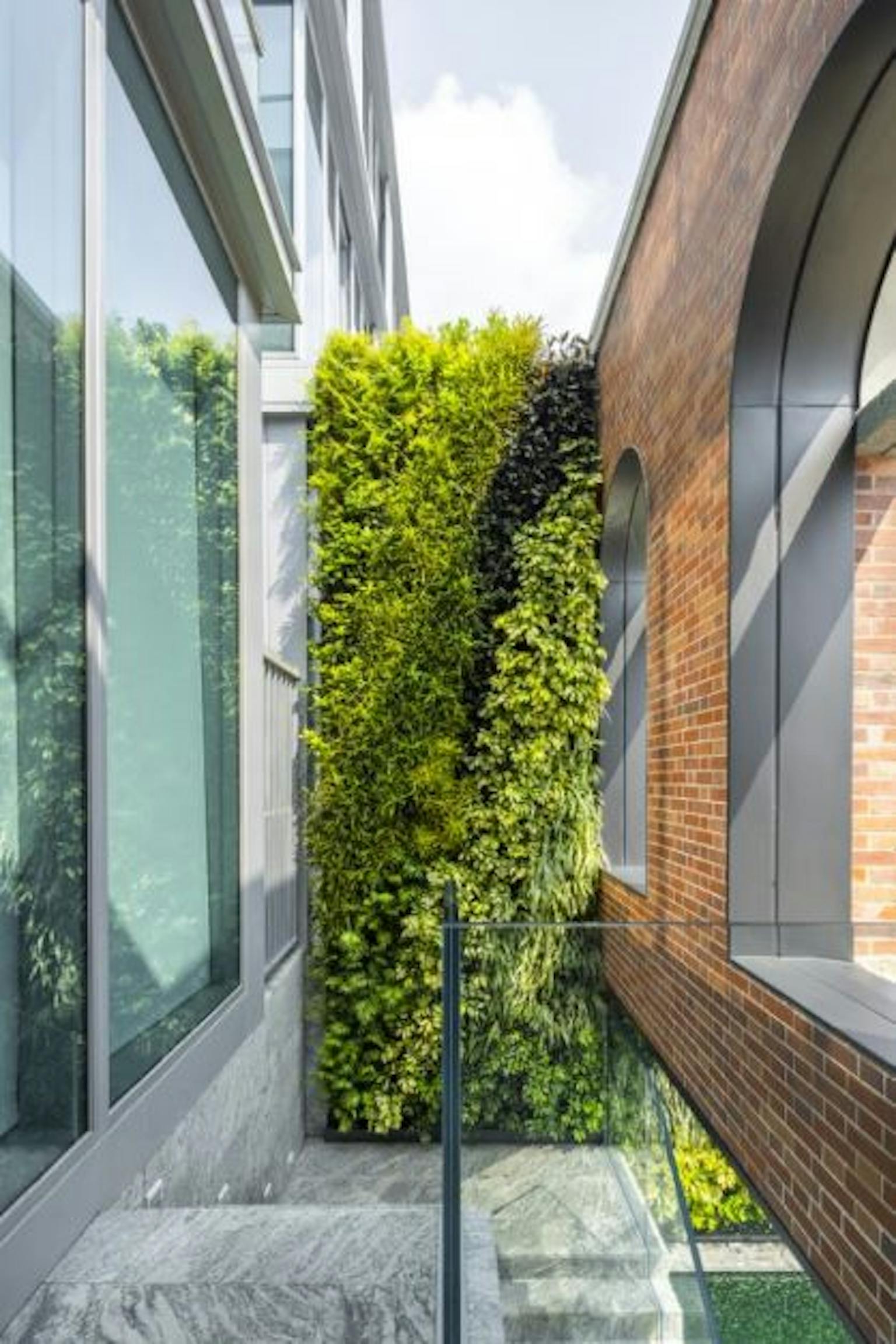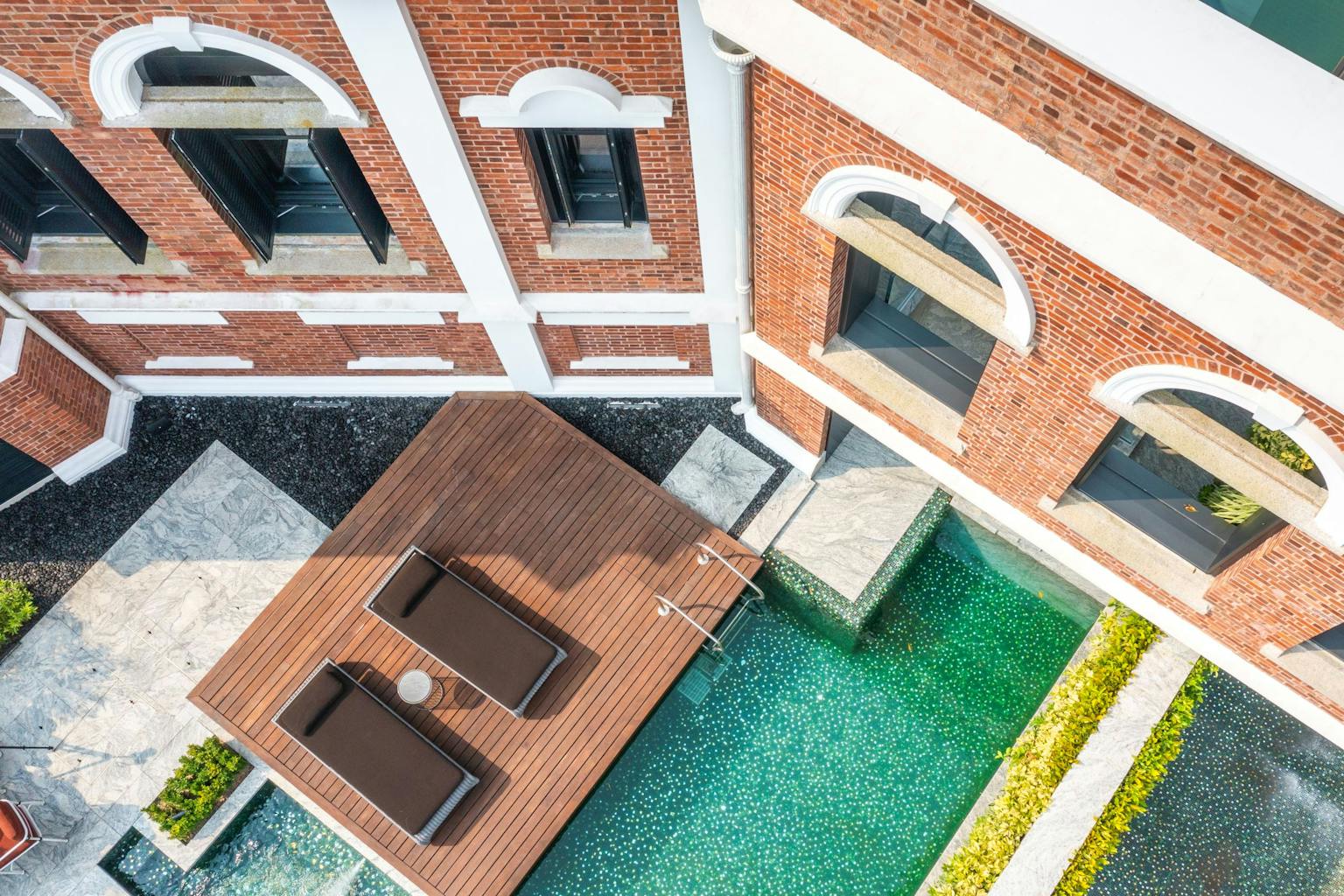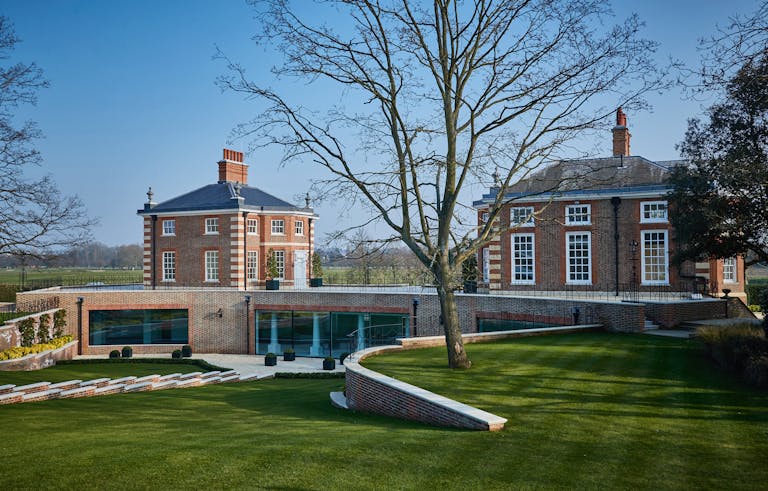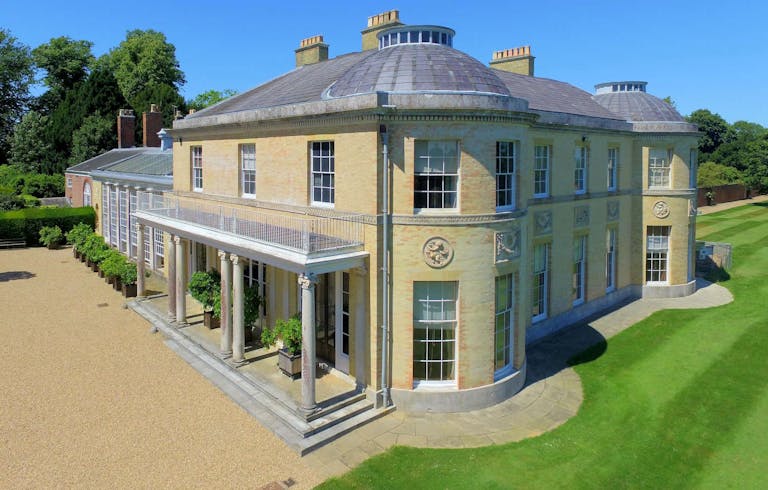
Private Residential, Pollock’s Path
Heritage Consultancy in Hong Kong
- Location
- Hong Kong
- Client
- Private
Purcell provided heritage consultancy services for the Grade II-listed Pollock’s Path project, including a historic building appraisal and Conservation Management Plan.
This has helped ensure the retention of the building’s historic facades and allowed for the seamless, sympathetic blending of old fabric and new design, resulting in the creation of a contemporary property within an exclusive residential area.
Project Background
Set up high on Hong Kong’s famous Peak, the Grade II-listed property’s elevated position affords its residents breathtaking views of Victoria Harbour, the Aberdeen Channel, and the East Lamma Channel. The large, European-style house has changed ownership several times since its construction in the early 1920s, resulting inconsiderable alterations. Despite this, the building has retained much of its significant historic fabric.
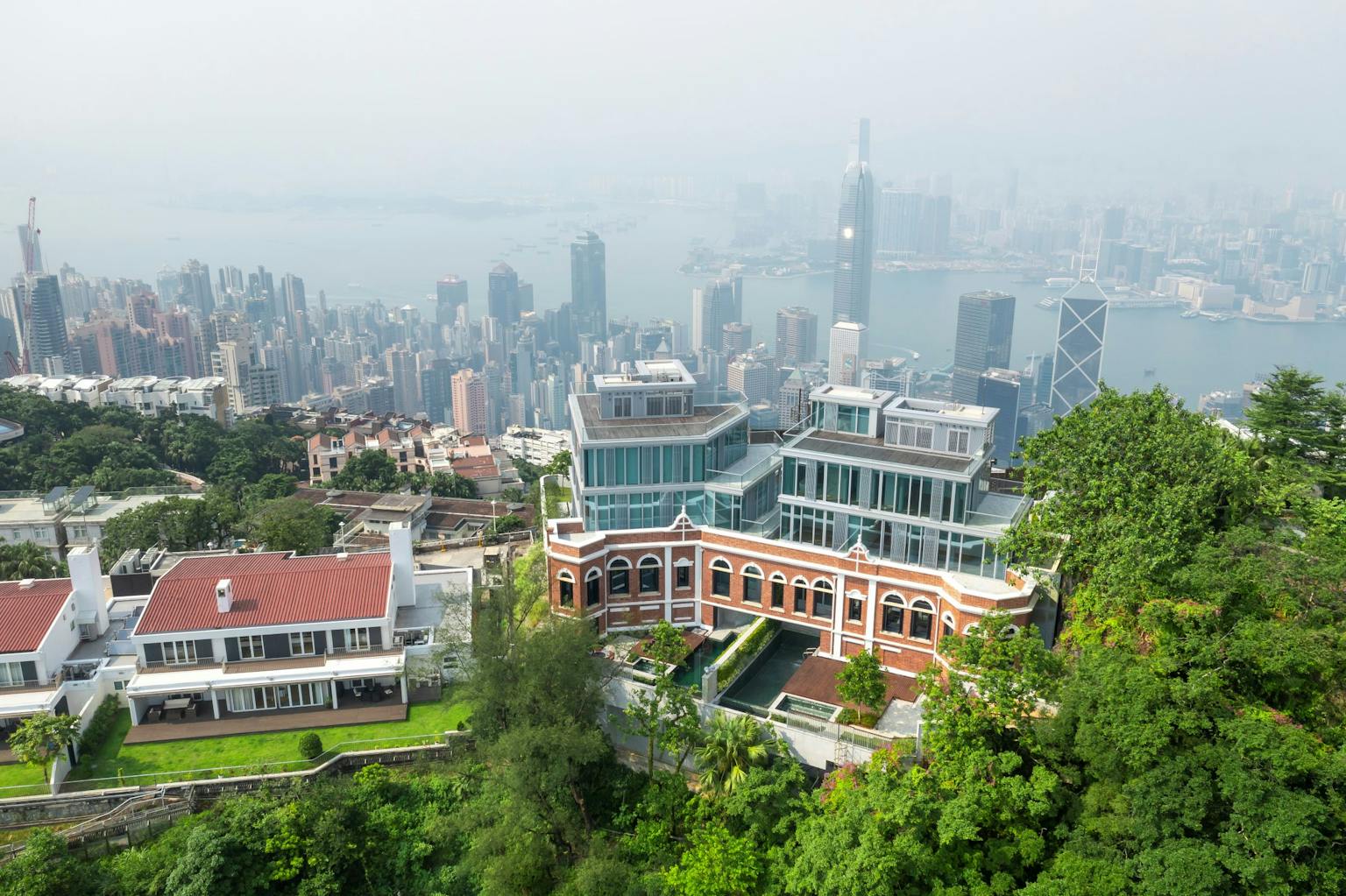
Brief
Purcell were initially engaged by developers to provide heritage consultancy services, including a historic building appraisal to assess any potential risk in the refurbishment and potential redevelopment of the existing building, especially considering its Grade II-listed status.
Design proposals included preserving the southern and part of the north-eastern facades - highlighting the heritage significance of the building – whilst integrating two new, modern residential properties behind them.
To support the implementation and management of these ambitious changes to the building, we first prepared a bespoke redevelopment and preservation strategy to help obtain planning for the site. A Conservation Management Plan followed, helping to identify the character-defining elements of the building worthy of preservation.

New design in a heritage context
Without careful consideration, the integration of new design into an existing historic structure runs the risk of being unsympathetic to the original architecture, character, and heritage values of a building. In this case, determining how the contemporary new structures could co-exist within the historical context of the original buildings was a key challenge.
The resulting, conservation-guided design successfully and clearly allows the building’s architectural and heritage values to be expressed. The seamless integration of old and new, paired with a distinct use of modern materials, creates a sense of continuation and harmony, retaining heritage values while allowing considerable change.


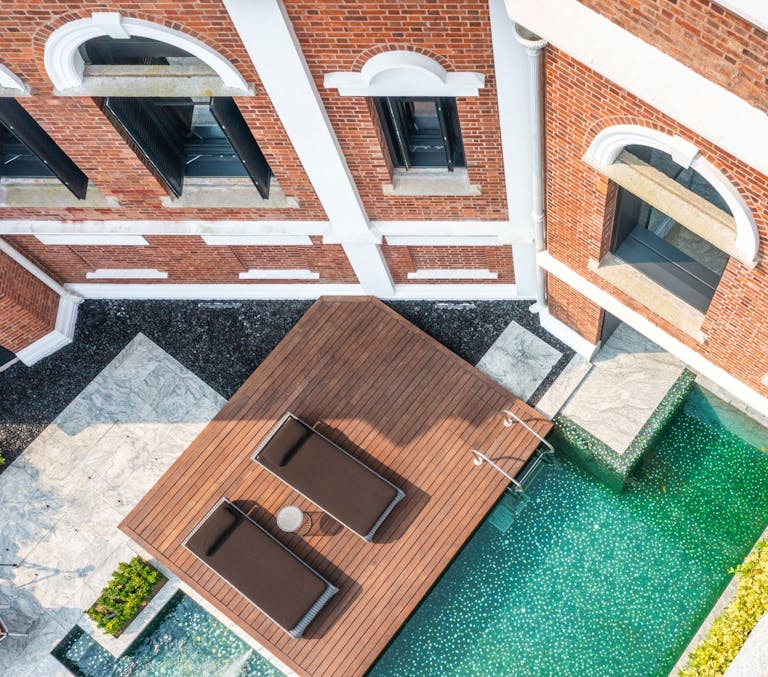
Conservation standard evolving in real time
The conservation sector in Hong Kong has undergone exponential change over the last ten years – the duration of the Pollock’s Path project – and continues to do so. As the industry rapidly evolves in real time, heritage projects must evolve alongside it, or risk falling behind in conservation standards. Prolonged projects are particularly at risk: original decisions may become outdated as standards shift, whilst these shifting standards become harder to manage across extended durations.
Using the Conservation Management Plan as a guide and active tool throughout the process helped guarantee that the heritage values and historical significance of the residence were carefully preserved. Considering the project’s lengthy duration, to mitigate any risk and ensure evolving policies were being complied with, regular reviews of the CMP were carried out.
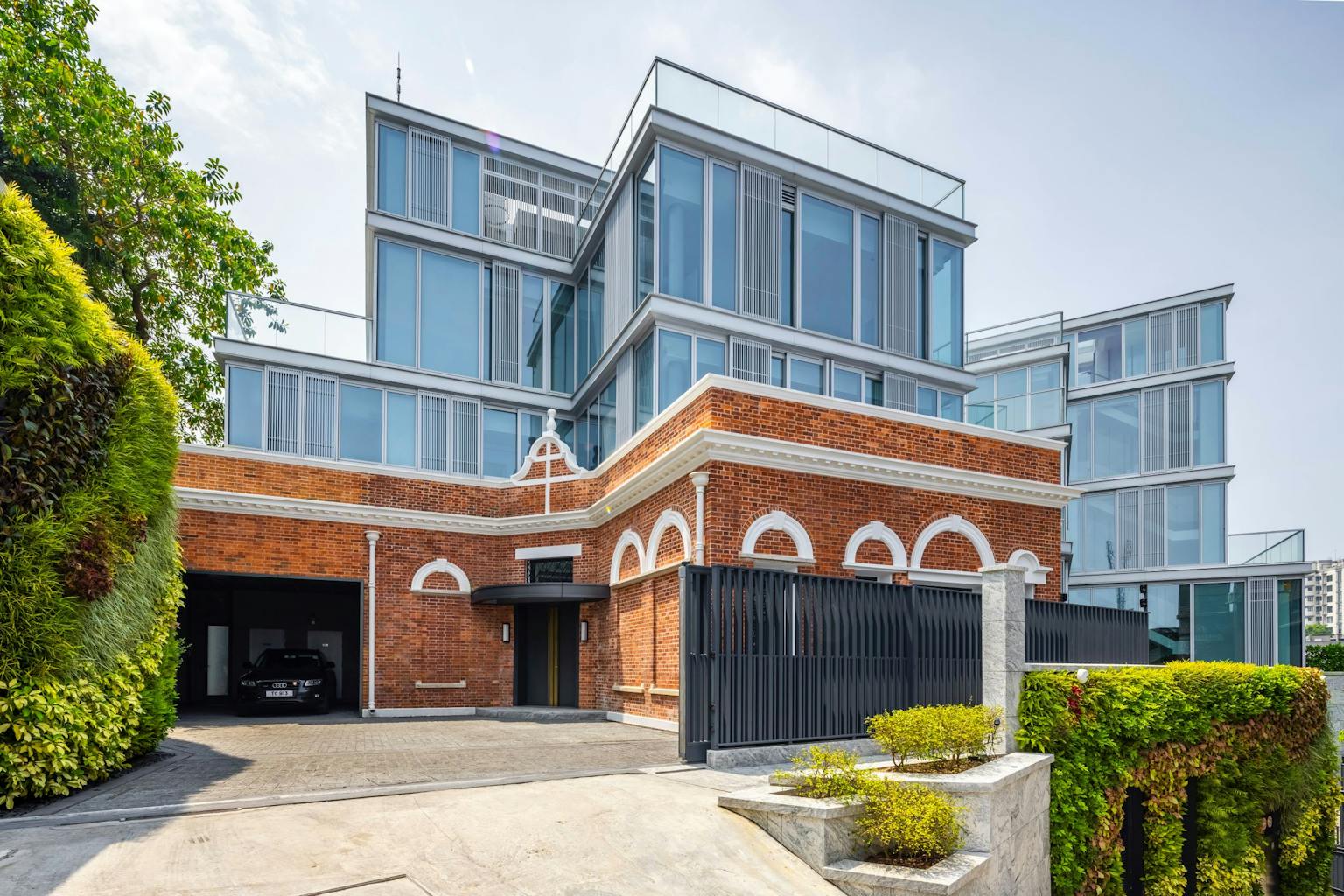
Altering attitudes towards Hong Kong's built heritage
The desire to preserve Hong Kong’s built heritage has never been stronger. Conservation standards and historic building gradings have continued to develop and be interpreted differently over the ten years of the project’s progression. It is important to question whether the retention of historic facades, such as those at Pollock’s Path, continue to represent a practical way forward for Hong Kong’s heritage buildings, and whether the result for the project be different if it were to start today.
The emergence of conservation documentation, impact assessments and the value of decision-making guided by Conservation Management Plans has helped to alter attitudes towards heritage values and historic significance in Hong Kong. The Pollock’s Path project may well have had a similar outcome had the project commenced today rather than ten years ago, but it is thanks to the above measures that the building’s historic facades were saved: retained and repaired, before being integrated into a modern residential development.
The successful Pollock’s Path project has demonstrated the possibility of retaining and enhancing heritage values while allowing significant and contemporary changes.

